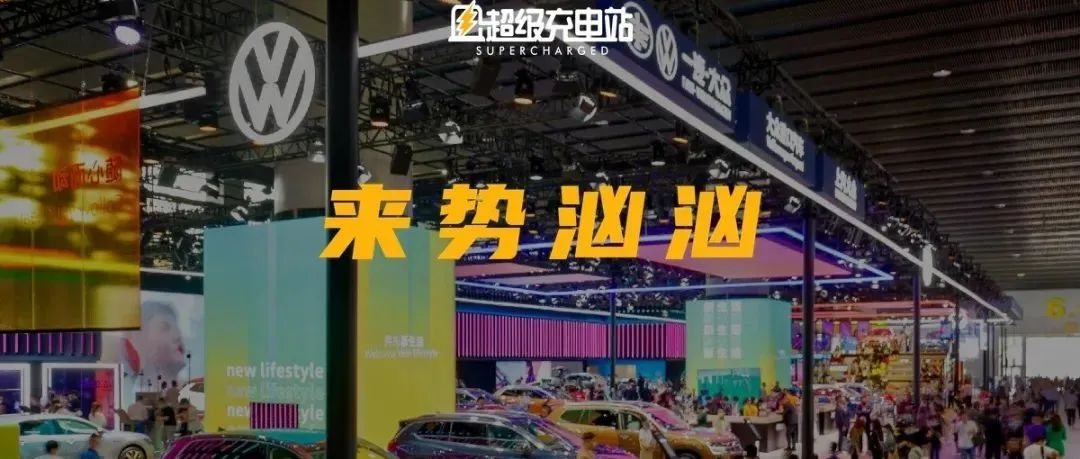Author: James Yang Jianwen
I once said that although the giants turn slowly, when they turn their heads, their actions become very fast.
Many people don’t understand what this sentence means.
Now, we have a “typical” example.
On November 19th, the Guangzhou Auto Show opened and the Volkswagen ID. family of electric vehicles gathered for the first time.
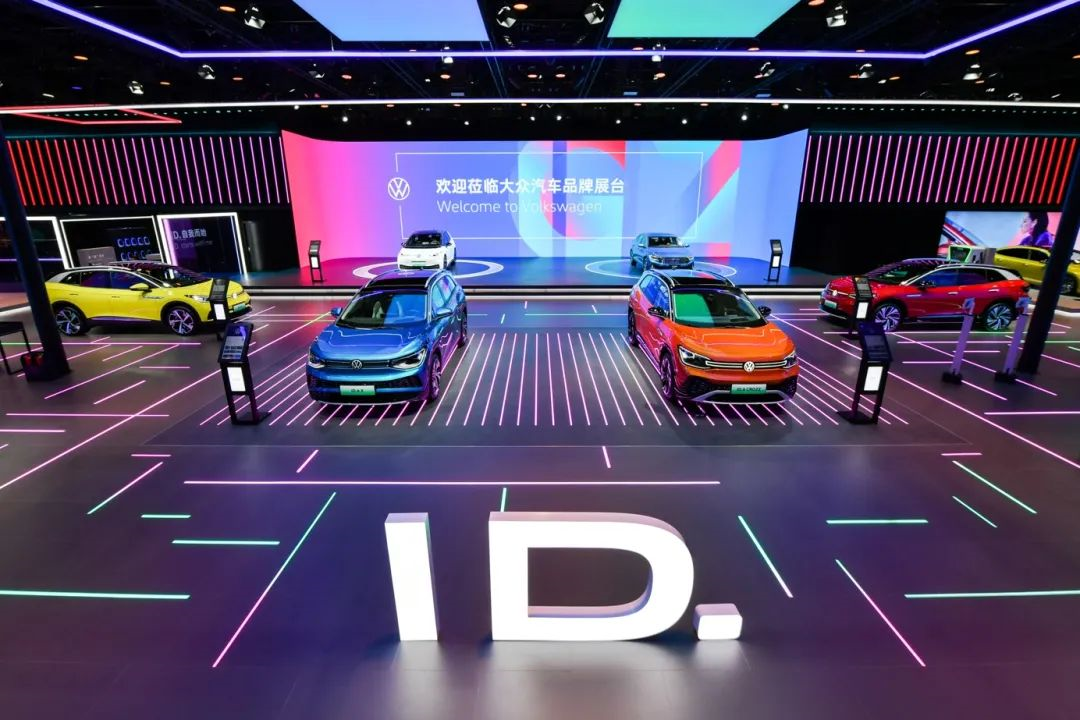
The five models are: ID.3, ID.4 CROZZ/ID.4 X, and ID.6 CROZZ/ID.6 X.
-
ID.4 CROZZ/ID.4 X: delivery begins in March;
-
ID.6 CROZZ/ID.6 X: delivery begins in June;
-
ID.3: delivery begins in October.
In one year, five models, this is Volkswagen’s electrification offensive.
This year is just a beginning
In 2018, Volkswagen, after much reflection, launched the pure electric platform MEB. From then on, it began its own electrification transformation.

The launch of the MEB platform has increased the commonality of vehicle parts, improved scalability, and shortened development and manufacturing time.
This is also the reason why the Volkswagen brand can launch so many models in less than a year. It is worth mentioning that the ID.6 was developed specifically for the Chinese market.
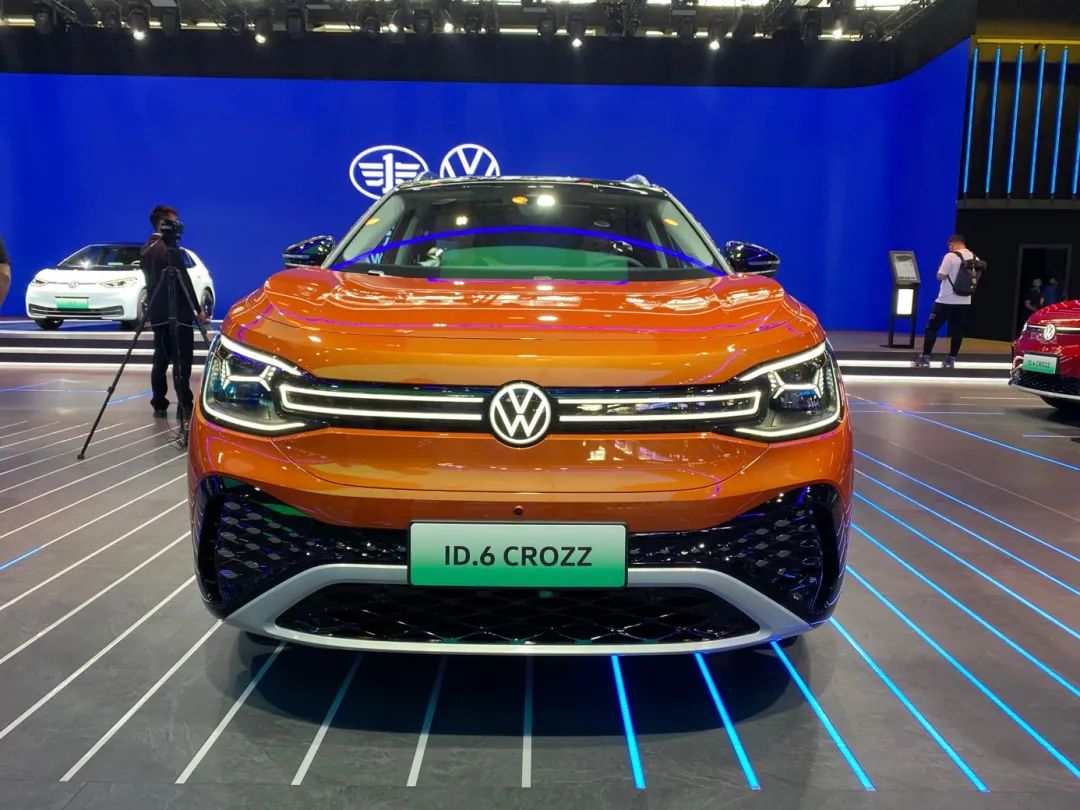
In addition, the introduction of an exclusive platform allows Volkswagen to better design its vehicles. By optimizing the battery layout, it achieves a lower center of gravity, better load distribution, and a better front-to-rear weight ratio. Without the drive unit and gearbox, it brings a longer wheelbase and shorter front and rear overhangs, and more space is available to users.
On the ID.3, ID.4, and ID.6 models, you can clearly see these characteristics.
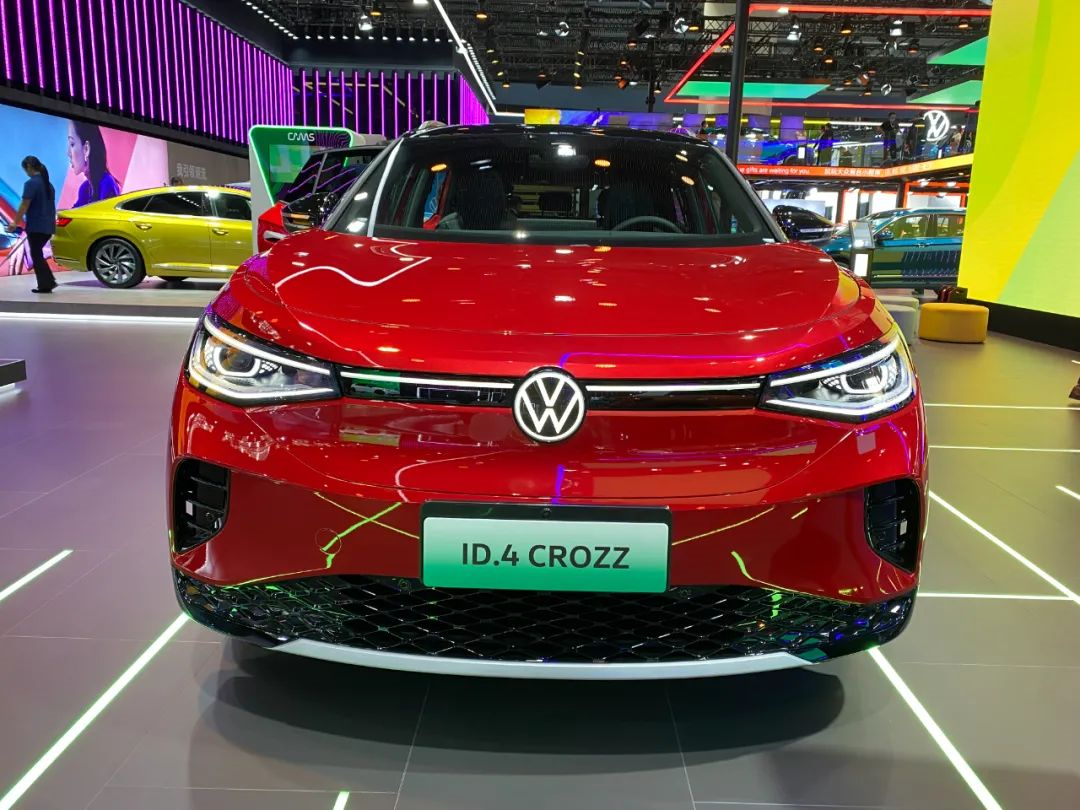
Moreover, these are not all the members of the ID. family. In September 2021, at the International Motor Show in Germany, Volkswagen showcased a compact crossover concept car, the ID. LIFE, indicating that it will expand into the small car market. In November 2021, Volkswagen’s first pure electric sedan SUV, the ID.5, was officially unveiled.
All of these indicate that Volkswagen is still continuing its electrification offensive.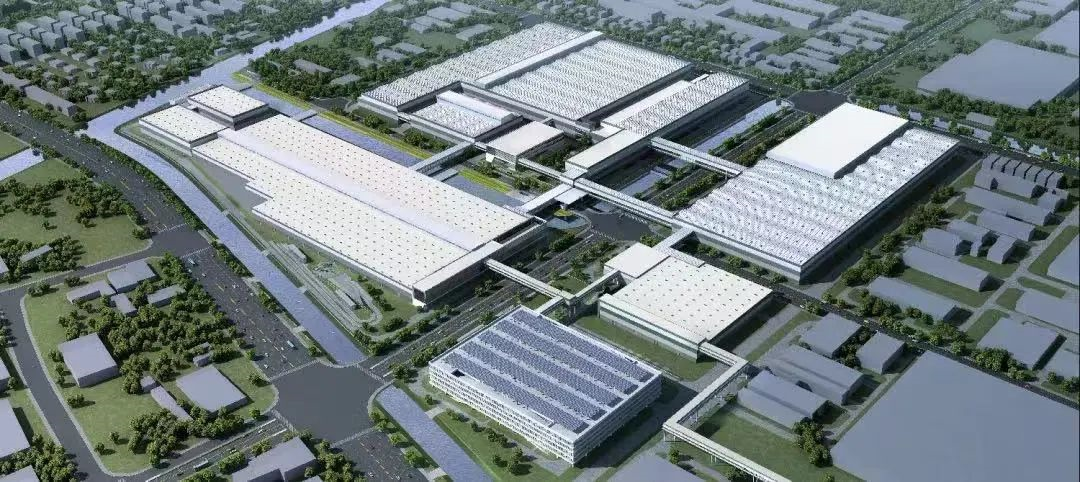
On the factory side, Volkswagen currently has two major factories in China: SAIC Volkswagen in Anting and FAW-Volkswagen in Foshan, both of which produce the ID. family of vehicles.
In addition, Volkswagen Anhui MEB factory started construction in April this year and is expected to be completed in mid-2022. The first model will be put into production in the second half of 2023.
By then, Volkswagen will have three MEB factories in China. By 2025, Volkswagen (China) plans to deliver approximately 1.5 million new energy vehicles per year.
The ID. family of vehicles is expected to account for a large proportion of the anticipated sales of 1 million units in 2025.
This is just the strategic layout until 2025.
In July of this year, Volkswagen unveiled its 2030 strategy. It mentioned that Volkswagen will launch the next-generation fully-integrated electric modular platform SSP.
This new platform, the SSP, will integrate three internal combustion engine platforms (MQB, MSB, and MLB) and two pure electric vehicle platforms (MEB and PPE) into a fully-electric integrated platform architecture suitable for all brands and levels of vehicles under the group. More than 40 million vehicles are expected to roll off the production line during its life cycle.
This means that Volkswagen will also develop and manufacture future vehicle models of the Volkswagen brand on this new platform.
In terms of battery supply, Volkswagen Group has already partnered with CATL and has become the largest shareholder of Guoxuan Hi-Tech.
In July of this year, Guoxuan Hi-Tech signed an agreement with Volkswagen (China) to develop the first-generation standard cell for their conventional production models. Guoxuan Hi-Tech became the first designated developer to receive the contract for the development of Volkswagen’s standard cell.
According to Volkswagen’s plan, this standard cell will greatly simplify the battery manufacturing process and significantly reduce costs. This plan is scheduled to enter the product introduction phase in 2023 and cover 80% of Volkswagen Group’s electric vehicle models (including the Volkswagen brand) by 2030.
Regarding the charging layout, Volkswagen has formed a joint venture with Star Charge, FAW, and JAC to establish Kai Maixing New Energy Technology Co., Ltd.
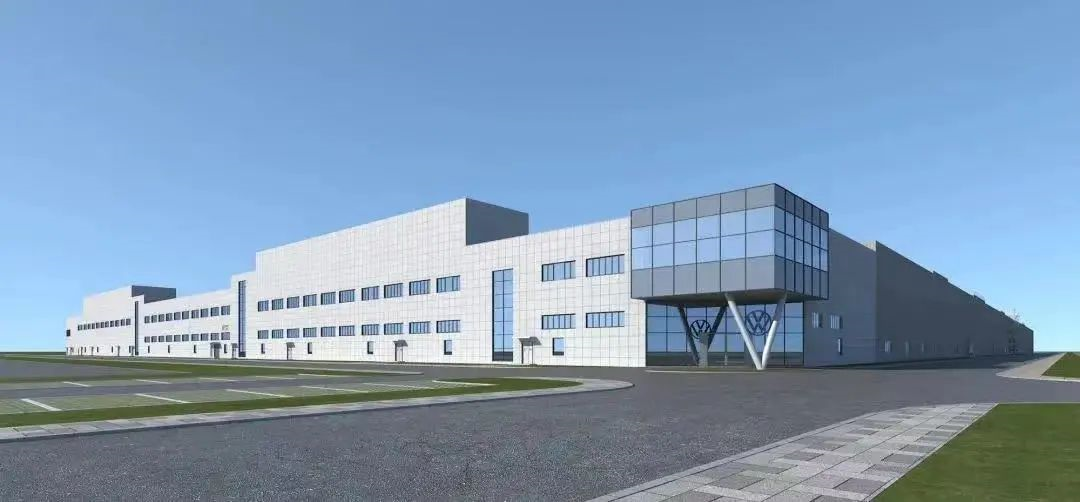
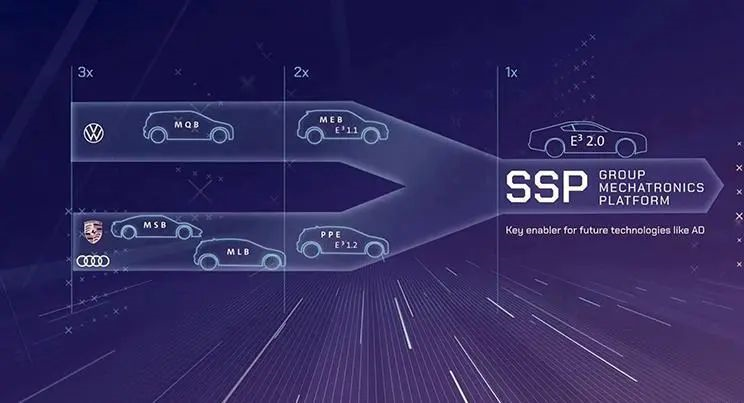
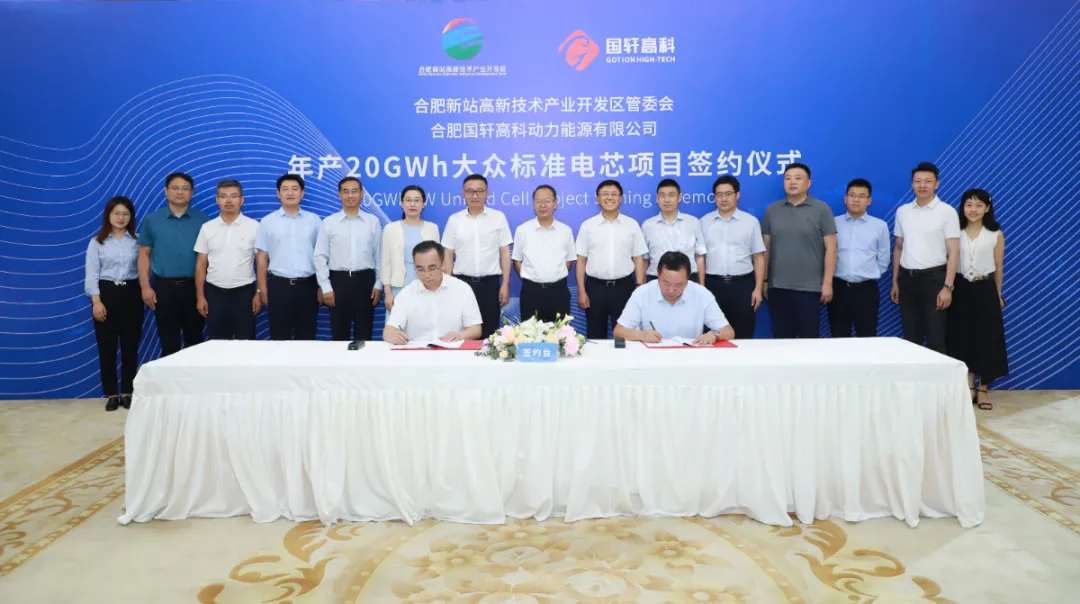
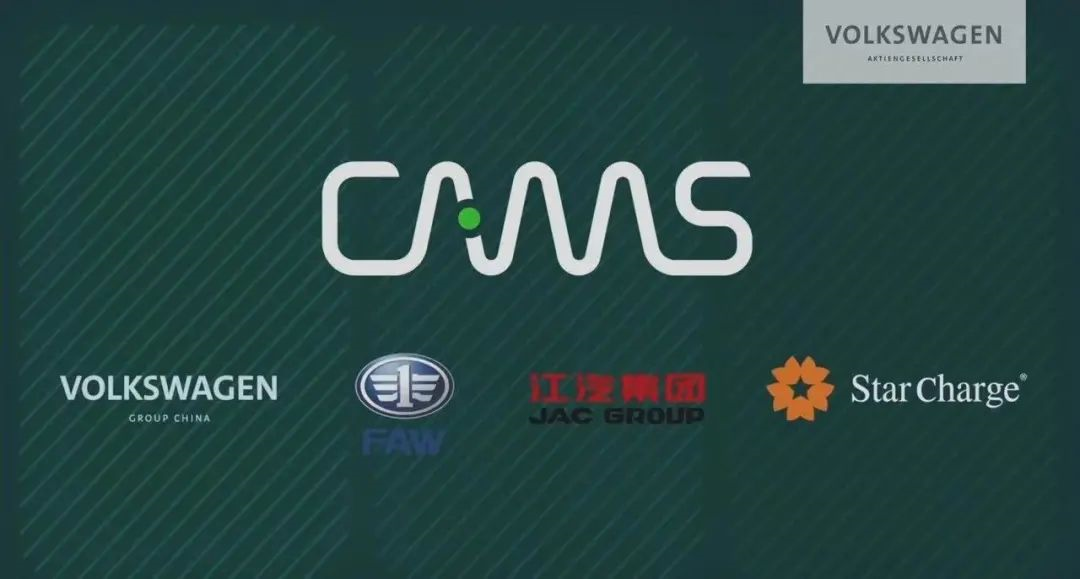
Now ID. models can enjoy the characteristic charging services of CAMS (charging reservation, intelligent lock, plug and charge, and intelligent POI).
By the end of 2021, CAMS plans to build 500+ super charging stations and 6,000+ charging terminals in 8 electric vehicle core cities. CAMS will create an extremely competitive super charging network, covering 80% of the Chinese new energy vehicle market.
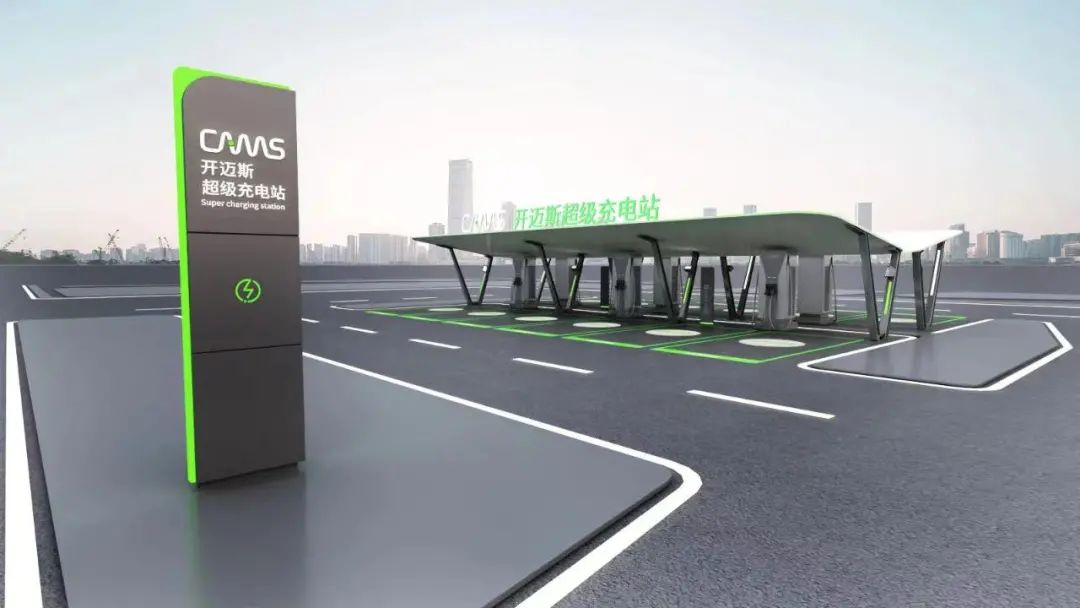
By 2025, CAMS will increase the number of charging terminals to 17,000, equipped with high-power charging piles ranging from 120 kW to 180 kW, or even exceeding 300 kW, and will cover most cities in China.
Summary
Overall, you can feel the momentum of Volkswagen.
On the other hand, a signal released by the market is that the acceptance of electric vehicles by consumers is gradually increasing.
According to the China Passenger Car Association, the new energy penetration rate was 18.8% in October of this year, and 13% from January to October. By comparison, the figure for 2020 was 5.4%.
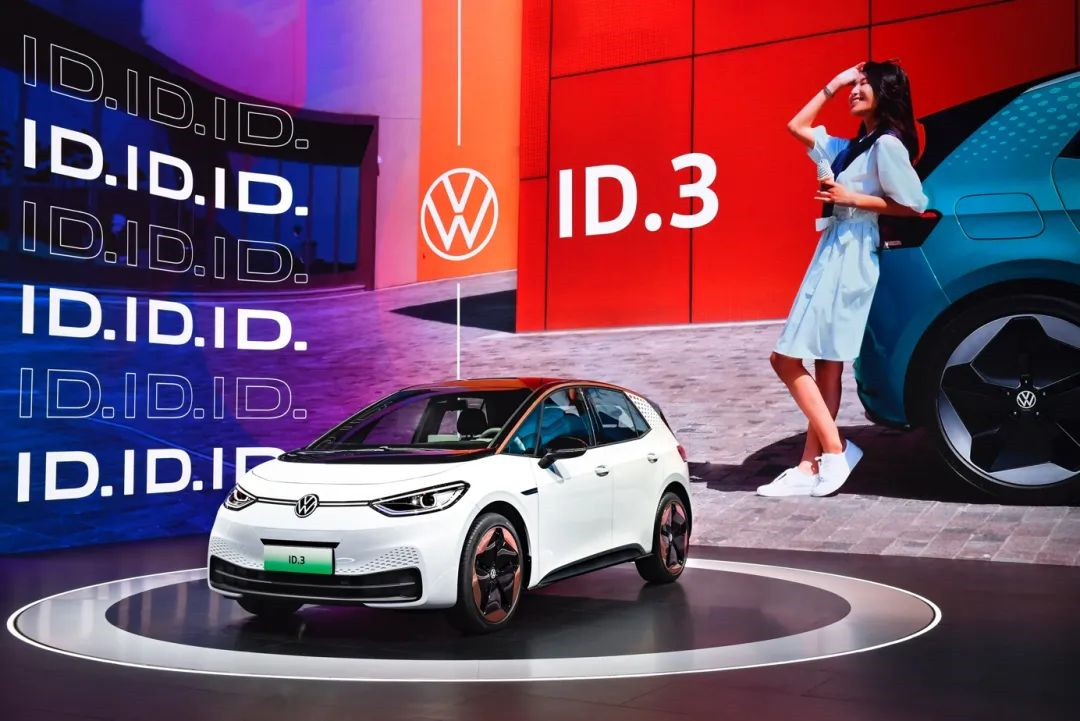
This has also been reflected in the sales of Volkswagen.
In the past seven months, the ID. family, based on MEB platform, has accounted for more than half of Volkswagen’s brand new energy vehicle sales.
In October, the Volkswagen brand ranked third in China’s new energy vehicle market.
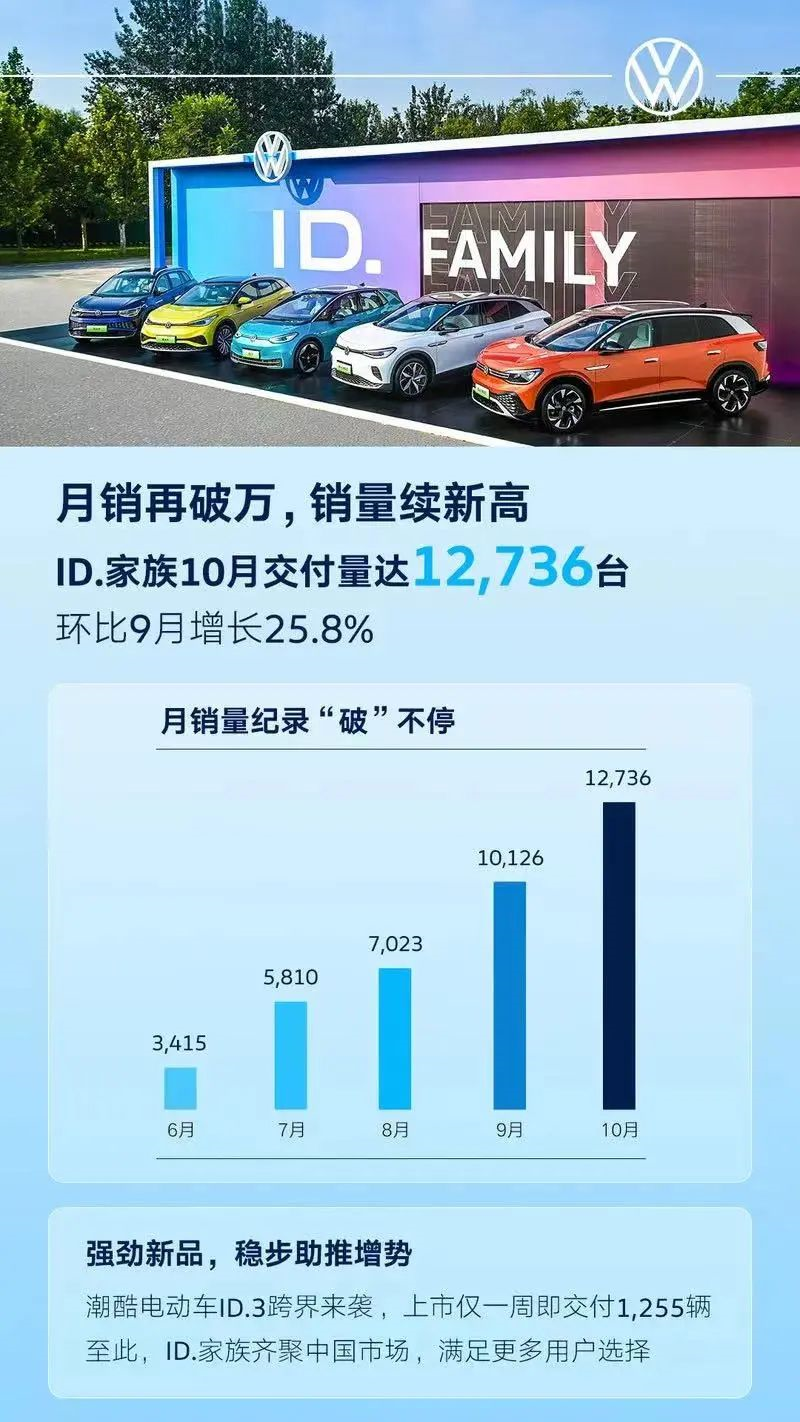
In the next decade, the focus of the Volkswagen Group will gradually shift from fuel vehicles to electric vehicles, and then to software and services. Obviously, there are many risks to be taken in this process, such as profit decline and personnel restructuring, but this is the inevitable road of transformation.
For Volkswagen, although the sales of the ID. family are good at present, there are still many things to do in the future.
This article is a translation by ChatGPT of a Chinese report from 42HOW. If you have any questions about it, please email bd@42how.com.
